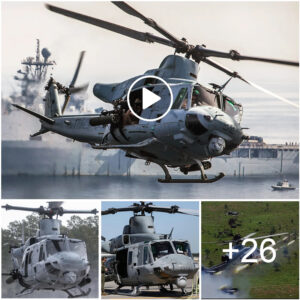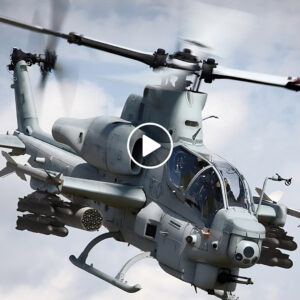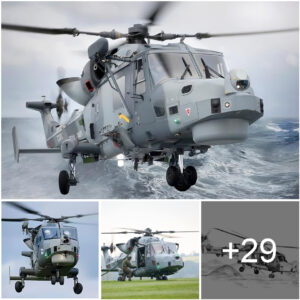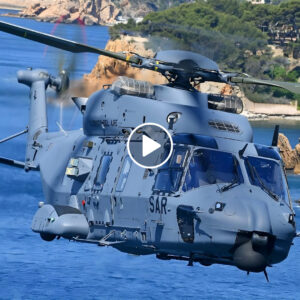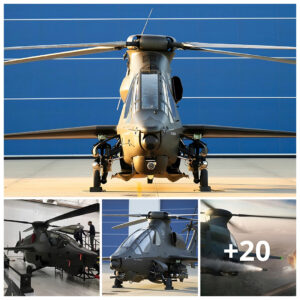Mission
The CV-22 Osprey is a tiltrotor aircraft that combines the vertical takeoff, hover and vertical landing qualities of a helicopter with the long-range, fuel efficiency and speed characteristics of a turboprop aircraft. The mission of the CV-22 is to conduct long-range infiltration, exfiltration and resupply missions for special operations forces.
Features
This versatile, self-deployable aircraft offers increased speed and range over other rotary-wing aircraft, enabling Air Force Special Operations Command aircrews to execute long-range special operations missions. The CV-22 can perform missions that normally would require both fixed-wing and rotary-wing aircraft. The CV-22 takes off vertically and, once airborne, the nacelles (engine and prop-rotor group) on each wing can rotate into a forward position.
The CV-22 is equipped with integrated threat countermeasures, terrain-following radar, forward-looking infrared sensor and other systems that allow it to operate in various austere conditions.
A CV-22 Osprey assigned to Air Force Special Operations Command prepares to land during an aerial demonstration at Wittman Regional Airport, Wis., July 30, 2021. With the various Air Force Special Operations Command aircraft and personnel in attendance at the demonstration, AFSOC brings specialized airpower and competitive advantage to the future warfighting environment. (U.S. Air Force photo by Senior Airman Miranda Mahoney)
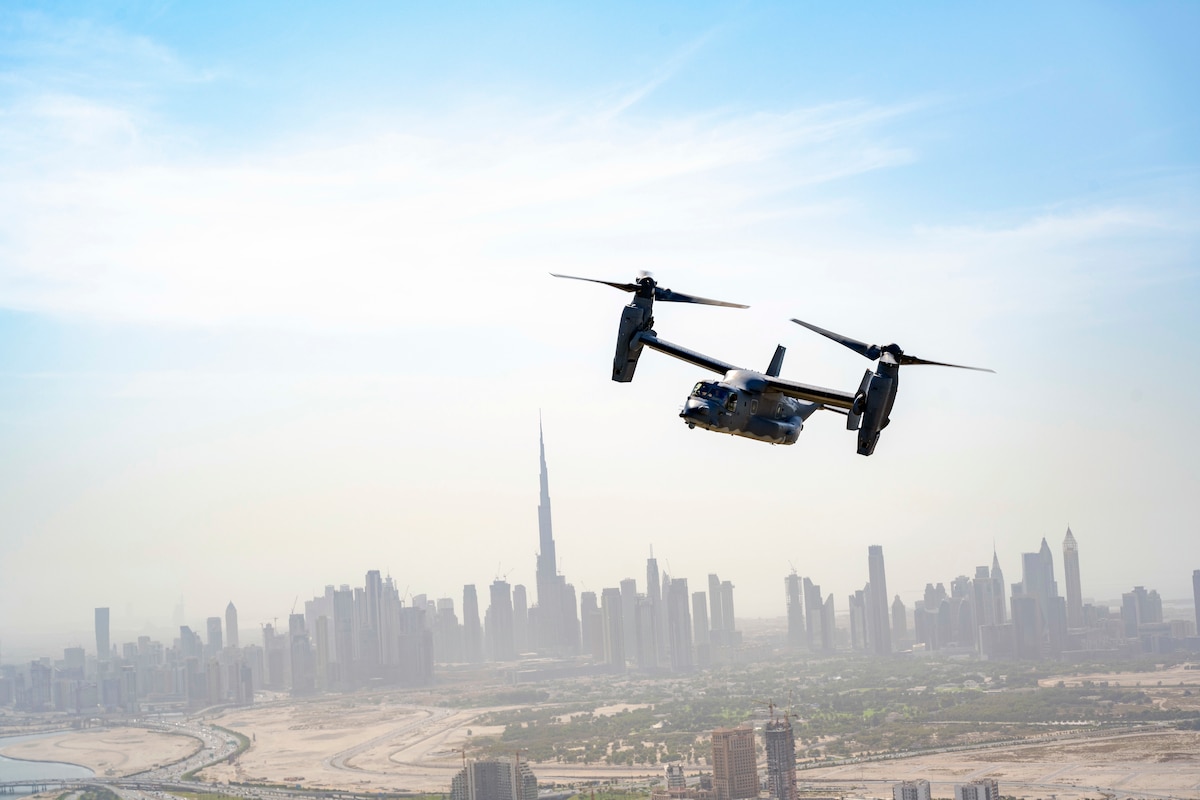
A U.S. Air Force CV-22 Osprey assigned to the 8th Expeditionary Special Operations Squadron takes part in a photo chase mission around Dubai, United Arab Emirates, Sept. 16, 2021. The mission of the CV-22 is to conduct long-range infiltration, exfiltration and resupply missions for special operations forces. (U.S. Air Force photo by Master Sgt. Wolfram M. Stumpf)
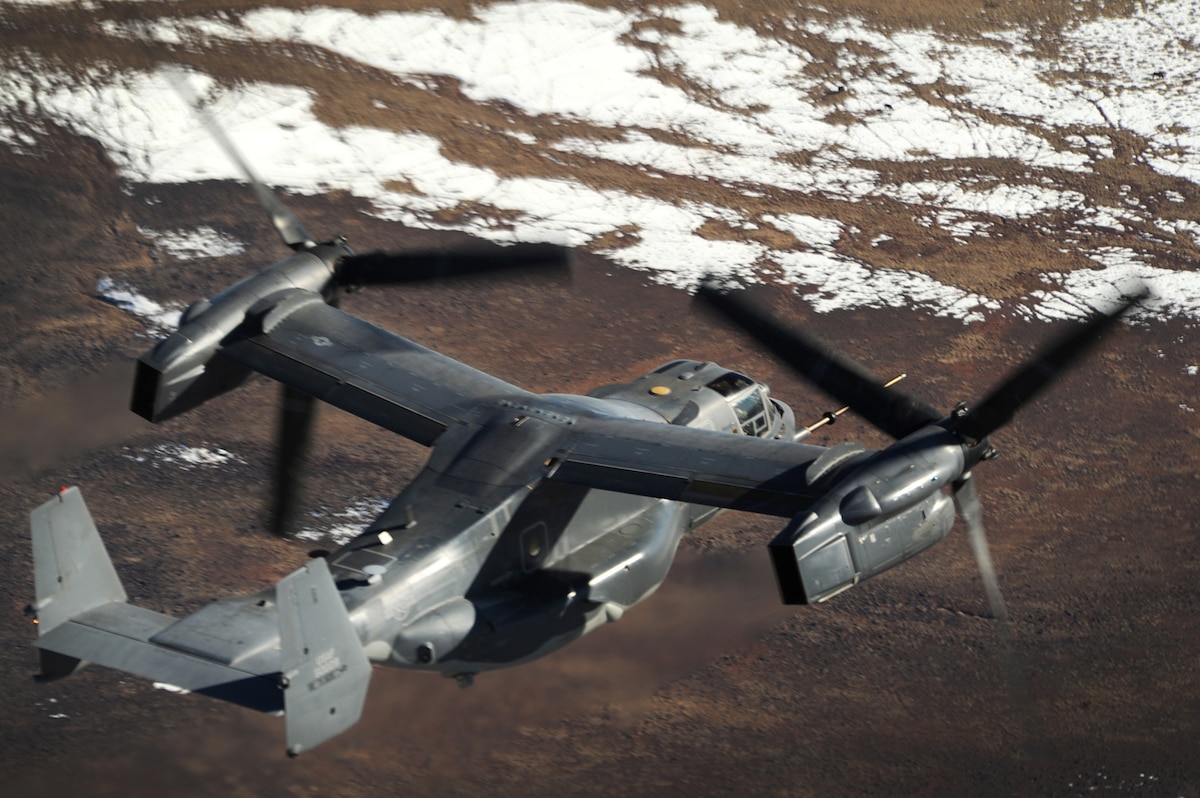
A 71st Operations Squadron CV-22 Osprey, flies over the skies of New Mexico practicing air refueling with a 522nd Special Operations Squadron MC-130J Combat Shadow II, Jan. 4, 2012. The 71st SOS is stationed at Kirtland Air Force Base, N.M., and the 522nd SOS at Cannon Air Force Base N.M.
Background
The CV-22 is the Special Operation Forces variant of the U.S. Marine Corps MV-22 Osprey. The first two test aircraft were delivered to Edwards Air Force Base, California in September 2000. The 58th Special Operations Wing at Kirtland AFB, New Mexico began CV-22 aircrew training with the first two production aircraft in August 2006.
The first operational CV-22 was delivered to Air Force Special Operations Command in January 2007. Initial operational capability was achieved in 2009. A total of 54 CV-22 aircraft are scheduled to be delivered by the end of 2021.
General characteristics
Primary function: Special operations forces long-range infiltration, exfiltration and resupply
Builders: Bell Helicopter Textron Inc., Amarillo, Texas; Boeing Company, Defense and Space Group, Helicopter Division, Philadelphia
Deployment date: 2006
Propulsion: Two Rolls-Royce Liberty AE1107C engines
Thrust: more than 6,200 shaft horsepower per engine
Length: 57’ 4”
Height: 22’ 1”
Wingspan: 83’ 10”
Weight: maximum gross 60,500 pounds (self-deployment); 57,000 pounds (STOL); 52,600 (VTOL)
Speed: maximum 280 knots
Ceiling: 25,000 feet (7,620 meters)
Range: combat radius of 500 nautical miles with one internal auxiliary fuel tank
Crew: four (pilot, copilot and two flight engineers)
Program of Record: 54 aircraft for the Air Force
Rotor diameter: 38 feet
Armament: one .50-caliber machine gun on ramp
Payload: 24 personnel (seated), 32 personnel (floor loaded) or 10,000 pounds of cargo
Unit cost: $90 million


